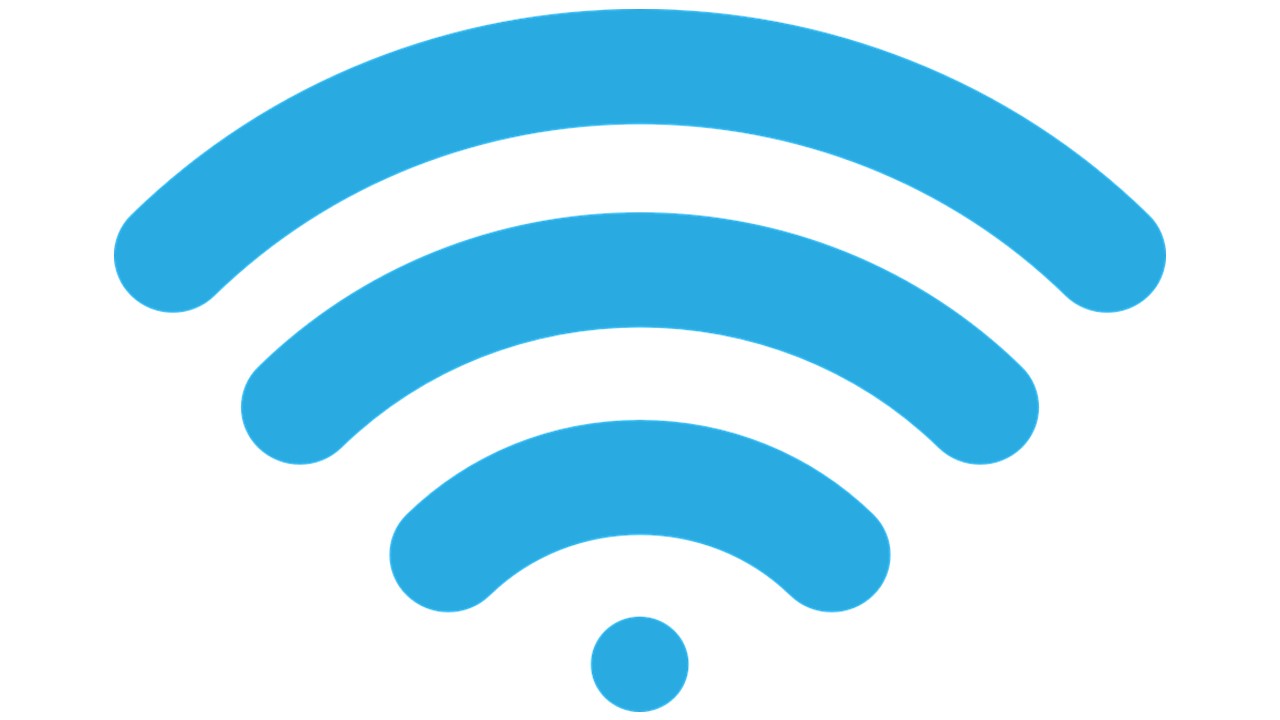Wireless Fidelity or Wi-Fi network operates in 2.4 GHz or 5.8 GHz bands using radio frequency based on WLAN protocol of IEEE 802.11 series standards with the help of Access Point or a router.
The increase in use and popularity of Wi-Fi is growing every day due to the several benefits that it offers. However, just like anything else, it too comes with some major and worrying downsides.
In This Article
KEY TAKEAWAYS
- Using Wi-Fi is very convenient and it allows adding and moving clients or stations to and from the network created by the Access Point.
- Installing Wi-Fi is very easy and quick and can be done by anyone since it does not need any technical knowhow of the systems used or knowledge of the protocols.
- Adding too many clients to the network may slow down the data transfer rate to individual computers.
- Achieving complete security is quite hard in a Wi-Fi network since it is wireless and needs appropriate security configurations and authentication protocols.
The 13 Pros and Cons of Using Wi-Fi

The Pros:
1. Convenience
With more and more use of laptops and laptop-like computers, this wireless technology is the most convenient way to connect to the internet.
You can do so from any location according to your choice and convenience, provided it is within the range of the network settings.
2. Mobility
You can even access the internet using this wireless connectivity outside your home or workplace.
There are several public places that offer Wi-Fi connectivity for free such as coffee shops, bars, hotels and more.
3. Productivity
You can stay connected with your office almost all the time, even when you move from one place to another.
This will increase your productivity because you will never be away from your office. You and your employees both can work from any location.
4. Setup
All you will need to use Wi-Fi technology and get connected is a single AP or access point.
There is no elaborate setup or costly infrastructure required for it. Most importantly, there are no physical cables running all over your house, which, at some places, may be hard to reach.
5. Cost
Wireless networking is more cost-effective because you will need little hardware and there will be no additional cost or labor required to set any physical cables.
6. Expandability
Any number of new users can join or leave the network any time. It is easy provided that they have a Wi-Fi enabled device and appropriate Wireless LAN credentials.
They will not need to install any new equipment for that because the existing hardware is enough. It will therefore save a lot of time and hassles.
7. Speed
The speed and functionality of Wi-Fi is much better than Bluetooth.
This ensures faster and smoother transfer of data between the computing devices.
Some latest Wi-Fi versions of 11n and 11ac IEEE standard can deliver data connection and transfer at a rate as high as 300 Mbps or even higher.
The Cons:
8. Security
There are lots of security measures taken to design the Wi-Fi technology in computers.
These security systems are designed using several advanced encryption technologies that are available currently.
However, all of these are known to have their drawbacks that can be compromised by a hacker.
9. Range
The most common Wi-Fi network is of 802.11g standard and typically has a range of 10 meters, and in order of tens, with standard equipment.
This may be sufficient for a small home but is not enough for a large business house.
Business houses will need to use extra access points and repeaters for that, which will add up to the cost.
10. Reliability
Since the Wi-Fi technology uses radio frequency transmission, just like in all other networks, there is a high chance of different types of interferences.
Moreover, there may be some propagation effects that are complicated and may be beyond the control of any average network administrator.
11. Speed
The speed of Wi-Fi, just as in other wireless networks, typically ranges between 1 to 54 Mbps.
This is much less in comparison to the wired networks which range between 100 Mbps and several Gbps.
Therefore, a wired connection is much better to use in specific environments.
12. Bandwidth
The Wi-Fi router may allow connecting up to thirty devices, depending on the model and its features.
However, the more devices, the weaker the bandwidth of Wi-Fi will be.
This means that the users will experience slower speeds. It is therefore best for a single user.
13. Health Issues
There is also a chance of developing some health issues while using Wi-Fi. These issues include insomnia, apoptosis, and even cancer.
It is best for a pregnant woman not to use Wi-Fi because the signals emit electromagnetic radiation. That can be harmful for the fetus.
Conclusion
So, those are the advantages and disadvantages of using Wi-Fi that you should know.
However, if you want to understand the pros and cons of using it in a much better way, you will first have to know the basics of Wireless Fidelity including its different versions and standards and compare it with other existing technologies.